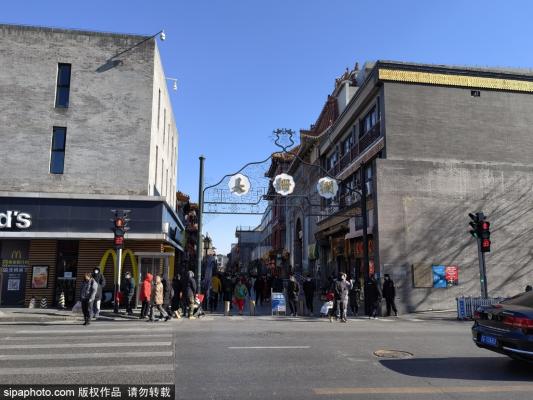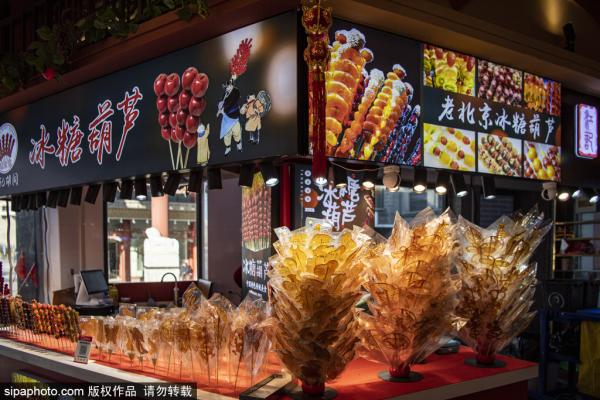Dashilar (大栅栏)
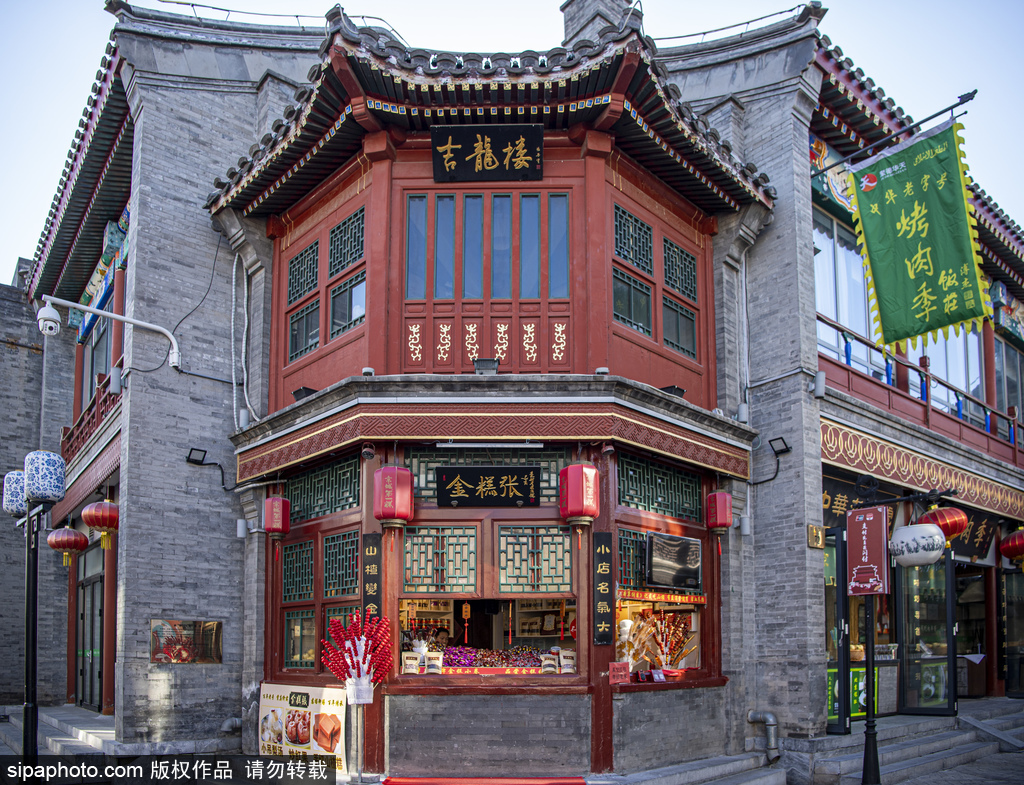
-
Tel:
010-63031052 -
Best Time to Visit:
All Year Round -
Duration:
1 Day
Description
Dashilar (大栅栏)
Located in the center of ancient Beijing, Dashila is an important part of the south-central axis. It is located in the south of Tian 'anmen Square and on the west side of Qianmen Street, with a total length of 275 meters from east to west. Since 1420 (the 18th year of Yongle in the Ming Dynasty), it has gradually developed into a commercial street with numerous shops after 500 years of evolution. There are 36 shops of 11 industries. Dashila has a history of nearly 500 years and was once a bustli...
Read MoreDashilar (大栅栏)
Located in the center of ancient Beijing, Dashila is an important part of the south-central axis. It is located in the south of Tian 'anmen Square and on the west side of Qianmen Street, with a total length of 275 meters from east to west. Since 1420 (the 18th year of Yongle in the Ming Dynasty), it has gradually developed into a commercial street with numerous shops after 500 years of evolution. There are 36 shops of 11 industries. Dashila has a history of nearly 500 years and was once a bustling commercial district. It was established in Ming Dynasty, and has flourished since Qing Dynasty.
Gallery
Latest News
Explore
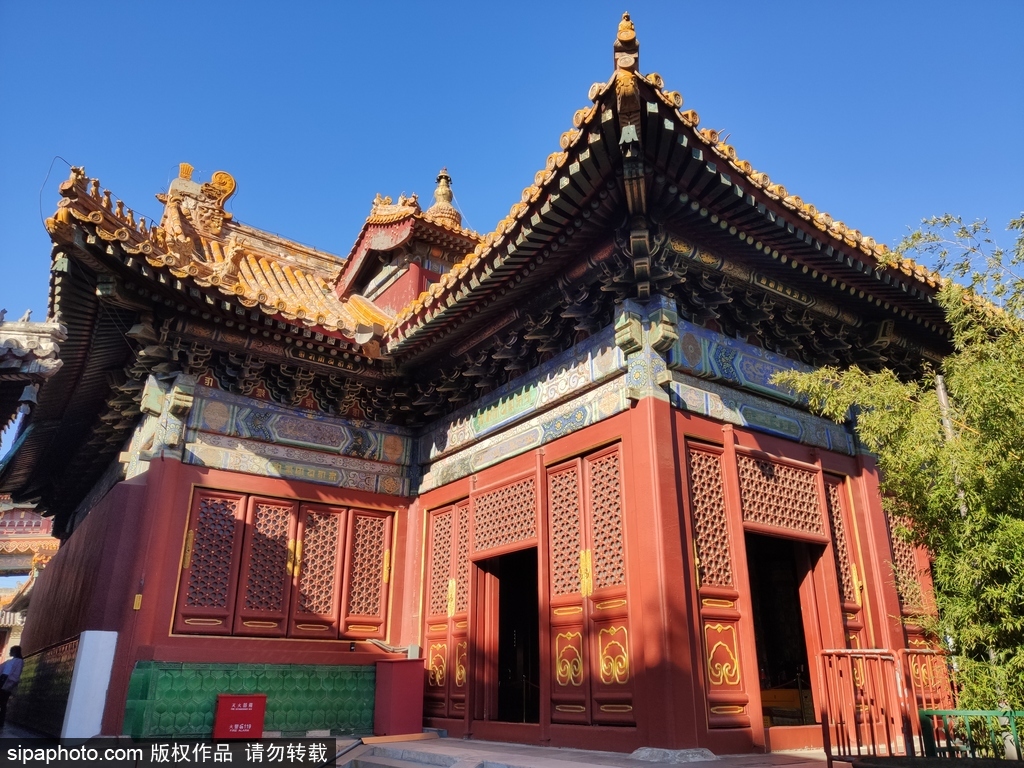
Lama Temple
The Temple is located in the northeast corner of urban Beijing, where the emperor Kangxi built a mansion in the 33rd year of the Qing Dynasty (1694) and gave it to his fourth son, Prince Yong, hence the title: “Prince Yong's Palace”. In the third year of Yongzheng (1725), the palace was changed into a temporary imperial residence, called Lama Temple.
Yongdingmen Gate
Located at the southernmost end of the central axis of Beijing, it is often said that there are "nine inside and seven outside and four imperial cities " with Yongdingmen being one of the " seven outside ".
Cishan Temple
First built in 1587, the temple covers an area of more than 60,000 square meters and has along history and rich cultural heritage. It is one of the few big temples in Beijing that incorporates elements of Confucianism, Buddhism, Taoism and folk customs.
Do You Know
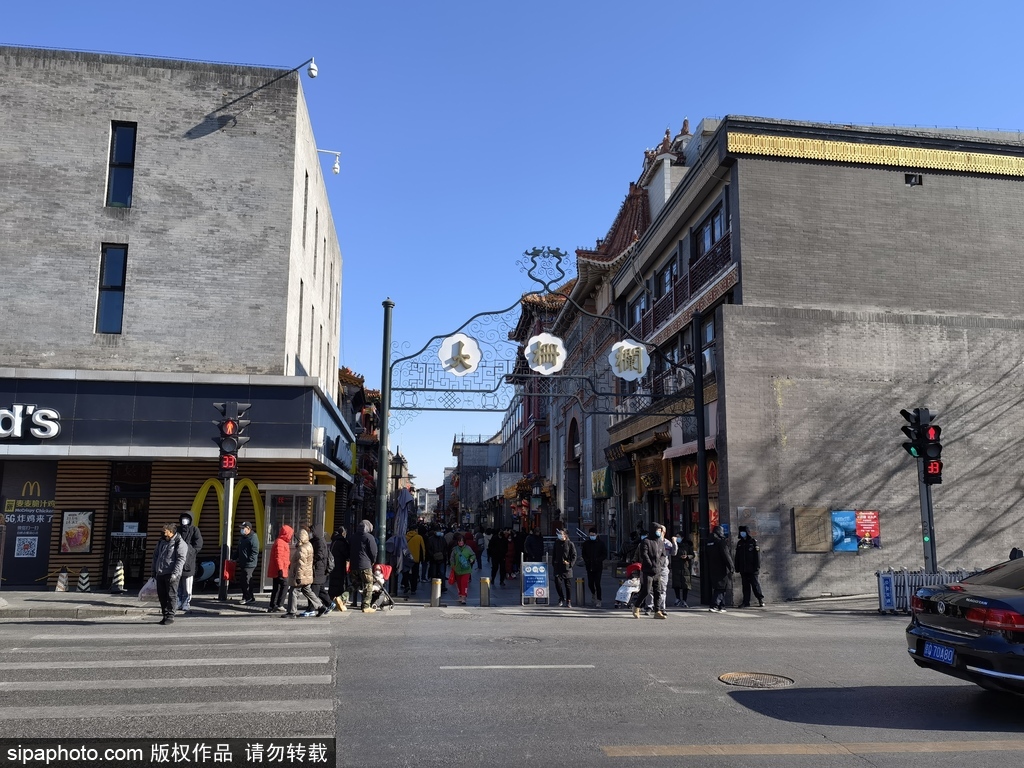
The origin of Dashila
The origin of Dashila can be traced back to the Ming Dynasty. At that time, there was a "curfew" in Beijing. To prevent thieves from hiding in the streets and alleys, wooden fences were built at the entrances of many streets and alleys in Beijing with the approval of the imperial court. Because the hutong's fence was well made, long preserved, and larger, it gradually attracted the attention of the capital. Therefore, Dashila became the name of this hutong.

